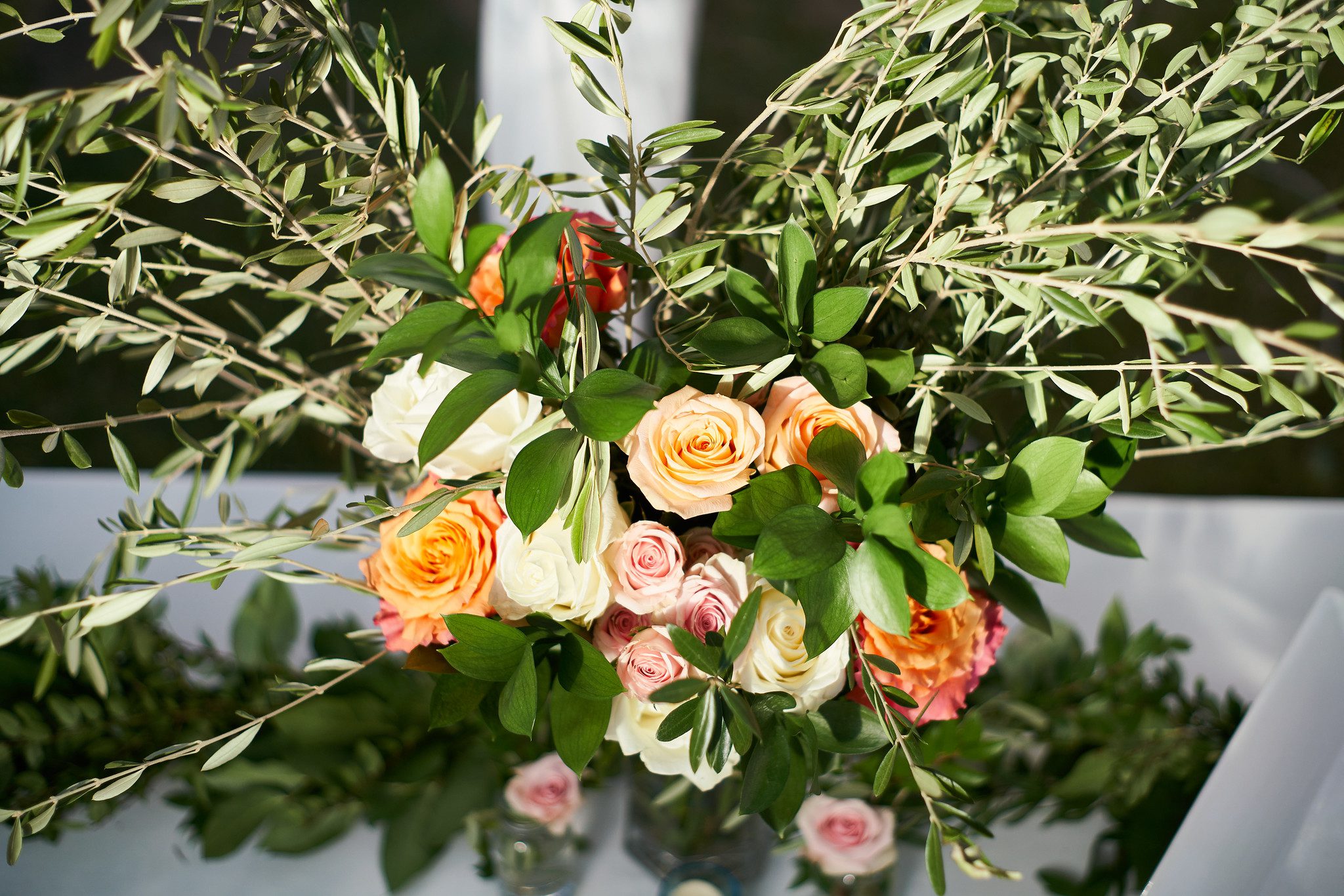Written by Judy McKinney Thomas
Thanksgiving Day, 1970—while most folks were sinking into a second helping of pie or drifting off during the football game, my father had an idea. Not just a passing thought, but the kind that plants itself and takes root. After a full afternoon of food and laughter at my grandparents’ home in Rocky Mount, he suggested we take a little drive to look at some family land he’d inherited from his grandfather, Sidney Lee DeMoss. At the time, it felt like a casual stroll down a piney dirt road. But looking back, that was the first step toward what would become the McKinney Berry Farm—and what we now proudly call Needmore Tree Farm & Garden.


You see, this land has deep roots and stories older than my grandmother’s cast iron skillet. In the mid-1800s, it was part of the Smith-Gilmer Plantation. My great-grandfather bought it in the late 1800s, and it was tilled and tended by those who came before me. But by the 1950s, farming had slowed down. The pastures mostly held cattle, and the rich red soil hadn’t felt the bite of a plow in decades.
By 1970, Johnny—my husband and partner in every good kind of trouble—and I had been married four years. We were young, full of energy, and smitten with the Rocky Mount community. There was something about the red dirt and the pine-scented air that called us back time and time again. So, we decided: let’s do something with the land.


Eventually, we saved up and bought an old Model B John Deere tractor. It was more rust than paint, but Johnny and his daddy rebuilt it piece by piece. When it finally rumbled back to life, it felt like a triumph. We could finally move from just clearing brush to reclaiming land. Trees fell, brush piles burned, and slowly the farm began to take shape.
Then came the stumps—massive pine stumps buried deep and too stubborn to rot. Johnny, ever the problem solver, had a bold idea: dynamite. Yes, dynamite. Now, before you go clutching your pearls, let me explain. In the 1970s, all you needed was a clean background check and a secure box. Soon, weekends at the farm were less about labor and more about spectacle. Turns out, telling people you’re blowing things up draws quite the crowd! Folks would come just to watch stumps explode sky-high, roots and all. It turned into our own version of a community barn raising—just a bit louder and messier.
Once the stumps were gone, we started plowing. We turned that soil over and over, picking out rocks and roots, until it was finally smooth and ready. It hadn’t been touched in over 75 years, but it was rich and ready to feed us again.


After Daddy passed, the garden lay quiet for a while. Life got busy. But in 2017, something beautiful happened. My sister Donna, her husband, Johnny and I all built homes on family land and moved back to Rocky Mount for good. Not long after, we looked out at that sleeping soil and knew—it was time to wake it up again.
And wake it up we did. With help from Donna, our daughter Sunny, her husband and kids, Needmore came back to life. There’s an old saying: “Plant three seeds—one for the birds, one for the deer, and one for yourself.” It’s charming in theory, but in practice? Wildlife can wipe you out fast. So, we built an electrified, critter-proof fence. And of course, there’s Clarence Gardener—our scarecrow. A little weather-worn, but effective. When Clarence is in the field, the crows steer clear.
We grow what we love: tomatoes, butterbeans, squash, green beans, peppers, cantaloupe, watermelon, and more. In the fall, 

Our biggest challenge? Weeds. I’ve spent more time with a hoe than I have with some relatives. We try to keep things natural, only using chemicals when truly necessary. A little Sevin dust and fungicide go a long way if used right. This year, we added landscaping cloth for weed control—it’s been a game-changer.
When harvest time comes, it’s all-hands-on-deck. Green beans first, followed by tomatoes and peppers. Butterbeans and peas take their sweet time. We pick, blanch, shell, and freeze. Daddy’s old electric pea sheller still saves us hours of labor—and we’re about to see if it can handle butterbeans, too.
We also grow perennial favorites like strawberries, blackberries, blueberries, asparagus, mayhaws, peaches, plums, and muscadines. Each has its season and rhythm, keeping our shelves full and our jelly jars stacked high. We freeze berries by the gallon—just pick and bag. No washing till you’re ready to use them (trust me on that).
By late summer, when the muscadines are ripe and the jelly pot is bubbling, we know it’s time to prepare for fall. We plow under the spent plants and sow new seeds—turnips, mustard greens, and broccoli. The cooler weather makes the work easier, and the greens thrive.


Because when your roots run deep in Rocky Mount, and your blessings are more than enough, you say, “Thank you, Lord for the bounty,” and you give the rest away.
















